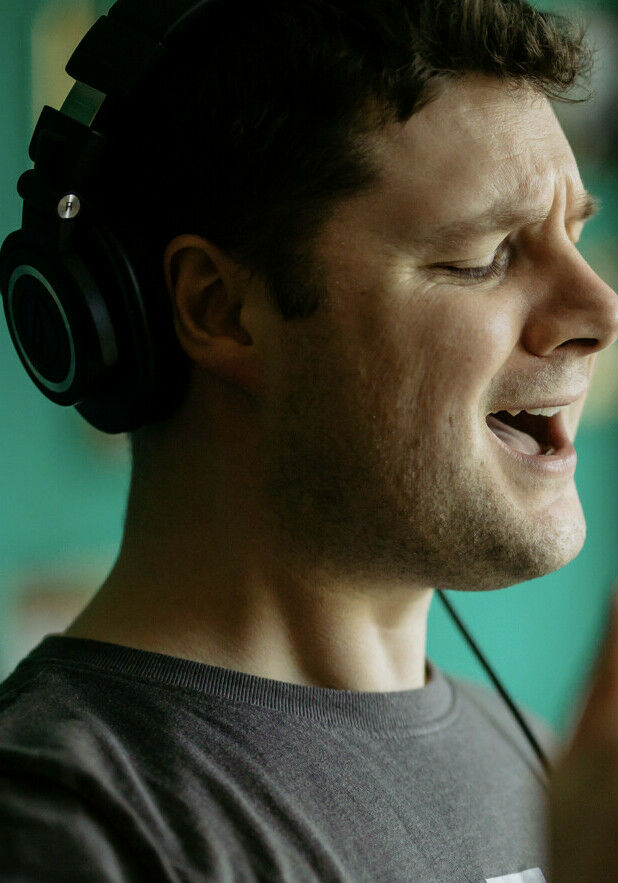Pro7ect founder and songwriter Lisa Fitz offers some invaluable insights into the art of great backing vocals.
Backing vocals are the icing on the cake for songwriters and vocal producers who get a kick out of the performance and production power of the voice. In this month’s Session Notes blog, Pro7ect Songwriting Retreats founder and songwriter Lisa Fitzgibbon explains some of the options available when writing and arranging these top-line vocal shades.
The BVs you add to a song are like the brush strokes painters use to shade, colour, and enhance their subject, and are typically used to build dynamics and energy to parts of a song, especially on hooks and choruses.
As with most contemporary music practices there are no hard and fast rules to writing and arranging backing vocals. I am a huge advocate of the ‘less-is-more’ school of BVs, as often a single vocal is far more impactive than an over-cooked harmony tsunami. It’s horses for courses though, and like most things, creating quality BV arrangements is all in the preparation.
For this month’s blog I’ll be staying in the lane of writing and arranging BV’s. The recording and mixing process requires a whole different skill set which I will write about in future blogs.
Arrangement First.
Start at the beginning - refine your process.
I usually start each BV arrangement by setting up the track on my DAW. My happy place is in the throng, thump, and thrash of creating BVs, and I like to experiment with vocal sounds and layers, taking risks and finding options in a free and fluid way. It is so much easier to experiment when you’re working alone, and I’m a strong advocate for singers to liberate themselves by using their own DAW (Digital Audio Workstation). It’s the perfect gateway to audio production and Garageband is an easy starter, the software is included with every MAC computer, so there’s really no excuses.
Later, a basic arrangement demo will prepare you for the actual recording or performance of the song. This suck-and-see scenario gives you total autonomy and creative control over your own artistry. But your first job as Backing Vocal arranger is to just get it all down. Other decisions apply when you are in the recording and mixing stage of the project, your job now is to enjoy experimenting with ideas.
Here are some things that you can try when you are arranging your BV’s:
1. Tracked vocals – layering the same part 2 or 3 times over the main vocal is a very simple but impactive way to improve the depth and drama of a vocal take.
2. Simple harmonies - above, or below (a nice change), the main melody is a traditional arrangement approach. This is quite often a 3rd or 5th above the melody line, but sometimes I like to use a mix of the two creating a counter-melody harmony that moves around the lead vocal.




